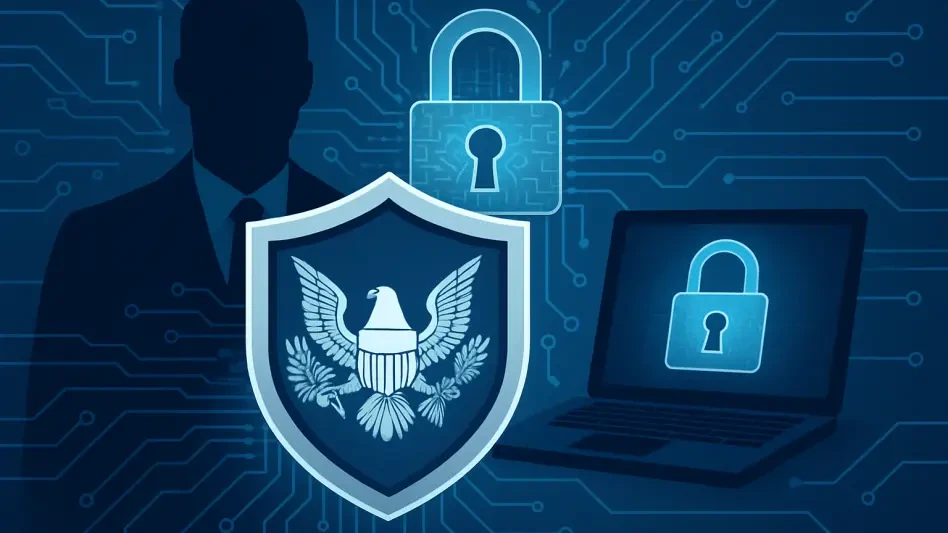The issue of SNAP fraud has become a distressing crisis for many American families who depend on government assistance to put food on the table. These families find themselves contending with digital theft that is stripping away their already limited resources. The prevalence of SNAP benefit fraud is soaring, and the implications are severe. Figures reveal a dramatic rise in the theft of Supplemental Nutrition Assistance Program benefits, leaving countless families scrambling to cover basic necessities. This alarming uptick in benefit fraud is leaving vulnerable families devastated and desperate for a resolution to this burgeoning issue.
1. The Harrowing Reality of SNAP Fraud
The problem of SNAP fraud has been brought to the fore through the experiences of individuals like Yolanda Berryhill, who, through no fault of her own, discovered that $730 had vanished from her SNAP account. This family’s plight exemplifies the broader trend affecting thousands of recipients nationwide. The USDA reported a staggering 55% increase in fraudulent transactions when comparing the last quarter of FY2024 with the first quarter of FY2025. In fact, the share of affected households jumped from 143,903 to a startling 221,191. Such statistics underscore the widespread nature of the issue that many families are confronting.
As dire as these circumstances are, Berryhill’s case is one of many. Her monthly SNAP deposit, which she relies on to feed her family, was drained at a Walmart in Germantown, Maryland. Deceptive practices like these are trapping parents in difficult situations as they struggle to provide for their children. In a cruel twist, legislation that previously offered a safety net for individuals victimized by SNAP fraud expired by the end of December 2024. With millions now exposed to this threat without recourse, the urgency to address the crisis only escalates.
2. Understanding the Mechanics of SNAP Fraud
Fraudsters have adopted increasingly sophisticated techniques to exploit SNAP beneficiaries, taking advantage of technological vulnerabilities. Criminals often use skimming devices to capture data from unsuspecting SNAP cardholders, duplicating their information. Such mechanisms have become more common, turning every trip to the grocery store into a potential encounter with financial loss. The USDA highlighted these techniques in recent advisories, emphasizing the international coordination among criminal networks engaging in SNAP benefit fraud.
What has transpired is a significant financial blow to low-income households, who struggle to absorb the impact of fraud. As reported by industry insiders, including Justin King from Propel, approximately $400 million is misappropriated each year from SNAP funds, leaving families unable to afford food. The severity of this theft extends beyond immediate monetary loss; recipients often end up in dire financial straits, falling deeper into debt and lagging on other critical expenses. This compounding financial distress underscores the need for robust intervention and protective measures.
3. Navigating the Challenges and Seeking Solutions
Addressing the SNAP fraud crisis requires a multi-layered approach that involves policy changes, technological innovations, and consumer education. Immediate steps that benefit recipients can take include employing strategies such as creating complex PINs and regularly monitoring account balances using digital tools like the Propel app. Freezing EBT cards when they are not in use or engaging alerts for unusual spending activities are prudent measures that help minimize vulnerability.
On a larger scale, legislative actions are crucial to safeguarding SNAP recipients. While past measures to replace stolen benefits with federal funds have lapsed, reestablishing such provisions would provide essential security to those in need. Additionally, advancing technologies that can detect and neutralize fraudulent activities must become a priority for governmental agencies. By staying ahead of the evolving tactics of fraudsters, authorities can better protect recipients from the financial shocks they currently endure.
4. Conclusion: Charting a Path Forward
The problem of SNAP fraud has escalated into a significant crisis for numerous American families who depend heavily on governmental aid to afford their basic needs. These families, already facing financial challenges, now have to battle against digital theft, further draining their scarce resources. The occurrence of fraud in the Supplemental Nutrition Assistance Program has seen a substantial increase, with more families finding themselves in distress as they struggle to manage essential living costs.
Reports show a soaring rate of SNAP benefit theft, meaning that a growing number of families are being left with insufficient support to meet their needs. This troublesome trend is causing considerable hardship, leaving many vulnerable families feeling shattered and urgently searching for solutions to this expanding crisis. The need for addressing the exploitation of SNAP benefits and safeguarding these crucial supports is more pressing than ever, as these families teeter on the edge of financial insecurity and hunger.








